Table of Contents
ToggleIntroduction
Web development is split into two categories i.e., client-side and server-side development. Client-side is a front-end development that handles all the user interaction, appearance of websites, and interactivity. Whereas server-side is a backend development that manages business logic, database interactions, and all the inner workings of the website. Backend is crucial to have a fully functional web application.
Without a backend, a website is like trying to drive a car without an engine. Thus, a proper backend is vital for the success of overall working of a website. This is where frameworks come into play. Frameworks provide all the necessary tools and libraries that have minimized the tasks of developers. Using framework, developers don’t have to do anything from scratch. Today in this article, we will walk you through some of the best backend frameworks that can help you with your current projects. So here we go!

Don't miss out on your chance to work with the best
apply for top global job opportunities today!
The 10 Best Backend Development Frameworks
- Laravel
- React Native
- Meteor.js
- Django
- Ruby on Rails
- Flutter
- ASP.Net Core
- Loopback
- Koa Node.js
- Gin Gonic
1. Laravel
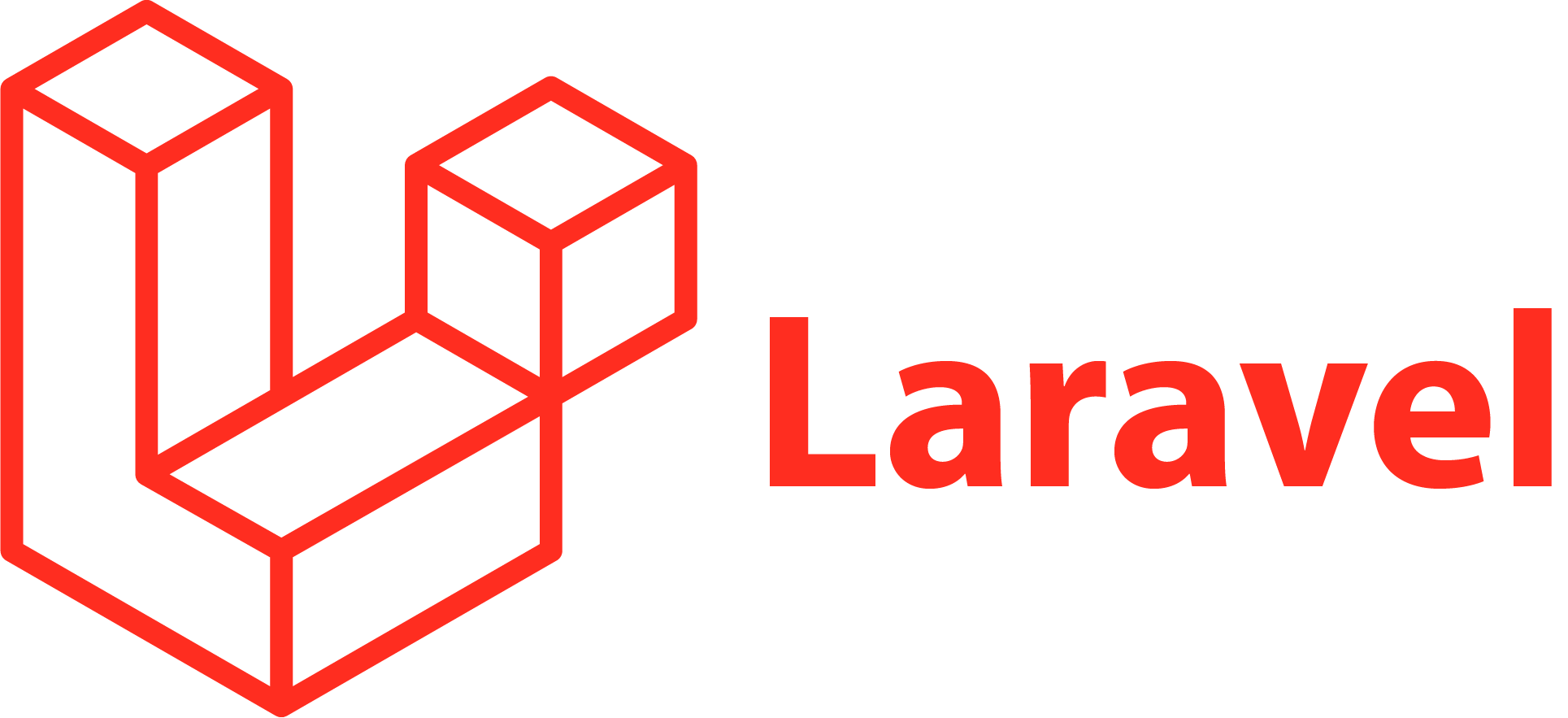
Laravel is one of the best frameworks for backend development in PHP. It is an open-source that comes with the dependency manager and modular packages. Besides, it also offers built-in features such as HTML template rendering, easy installation of third-party libraries, authentication, and security.
Key Features of Laravel:
Built-in Template: Using this feature, developers can easily create layouts for content. It provides CSS and JS code that allows the smooth creation of simple as well as complex designs.
Handy Routing: Setting up the routing for the application with straightforward syntax is super easy and enhances the performance.
Security: Laravel uses the hash function and adds a unique random value for a password to protect against attackers.
| Pros | Cons |
|---|---|
| API-based notification and mailing | Transitioning from one version to different versions is not easy |
| Supports multiple log handlers | Laravel has too many functions that can make things complicated |
| Offers simple data cache through Memcached, Redis, and other caching tools | The cost of hiring a developer is high |
| Built-in PHPUnit and preconfigured phpunit.xml file provide rigorous unit testing | |
| Easy and simple authentication |
2. React Native
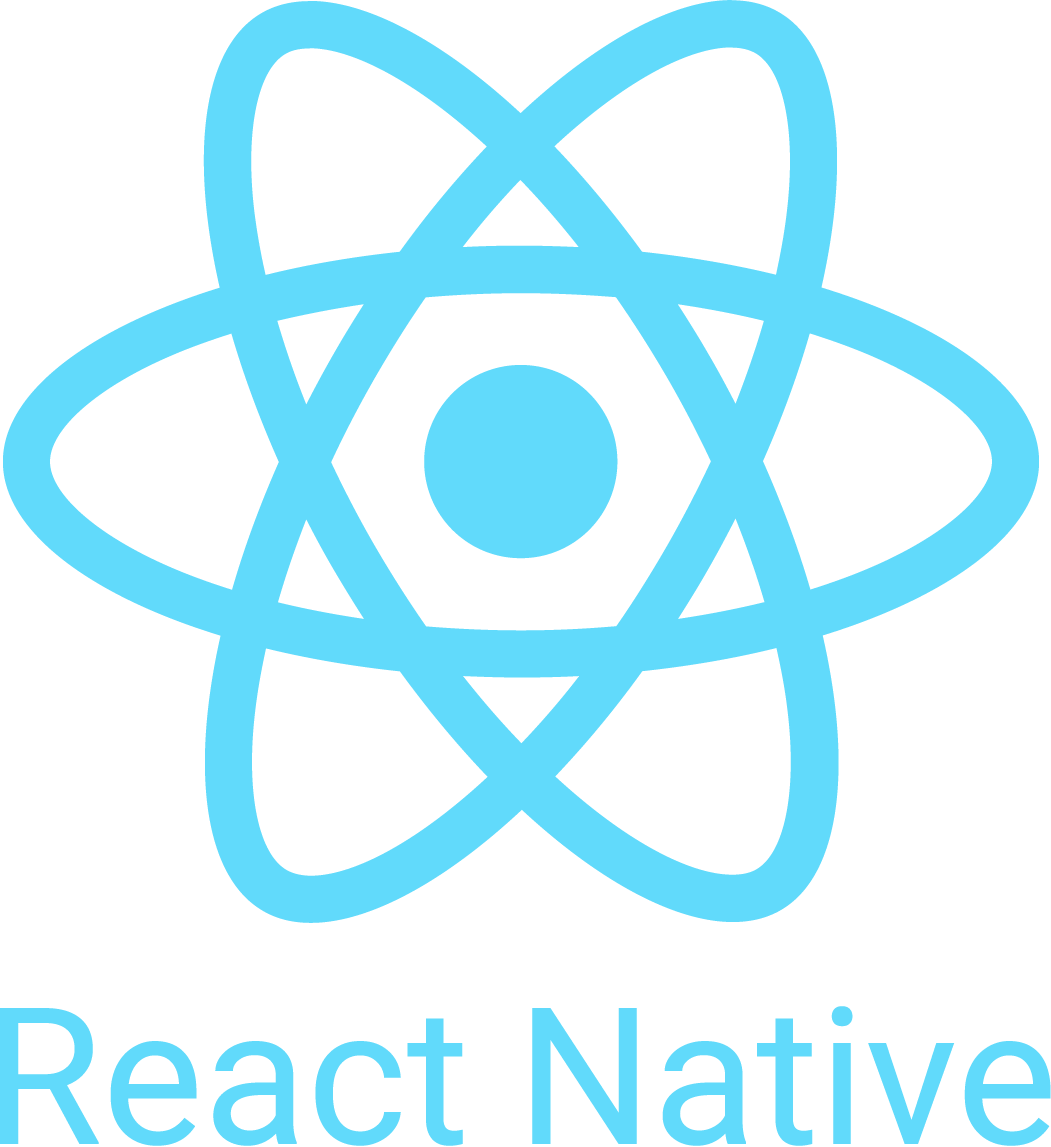
React Native is an open-source mobile app JavaScript framework developed by Facebook in the year 2015. It allows cross-platform app development on Android and iOS. Usually, developers need to write different codebases for individual operating systems such as for iOS using Objective-C and for Android using Java and Kotlin. However, in React Native, developers can write a single codebase that can work well in both iOS and Android. Some of the big companies that use React Native are Uber Eats, Shopify, Walmart, Skype, and Tesla.
Key Features of React Native:
Hot Reload: Developers can instantly spot the changes in their code without having to recompile the app.
Write Code Once and Use Anywhere: React Native can generate platform-specific components from its single codebase with minimal changes for both iOS and Android apps.
Large Community: There is no shortage of support while developing the app using Reactive Native. It has a strong supportive community that is always ready to help with questions and queries for mobile app development.
| Pros | Cons |
|---|---|
| Offers extensive built-in components and API | Provides just basic functionality without any extra features |
| JSI lets React Native work seamlessly with any JS engine | Steeper learning curve |
| Hot reload saves a lot of time | Compatibility issue with the third-party library |
| Guarantees high caliber and fast execution | Updating the latest version in React Native is complex |
| React Native apps are easy to publish in the App Store |
3. Meteor.js

Yet another proficient framework on our list is to simplify mobile apps, web apps, and desktop apps. It provides a real-time communication feature that helps your application to scale during build time. The best part is that it can smoothly integrate with Vue, React, Angular, and other frameworks, an added perk for developers to select the frontend framework of their choice. Apart from that, it can also integrate with MongoDB and deploy the same codebase in various platforms such as Android, Blackberry, iOS, and many more. Therefore, creating reusable codebase developers can save a lot of time and effort. Moreover, Meteor.js is associated with big companies such as CodeSignal, Qualcomm, and Racket Chat.
Key Features of Meteor.js:
App Security: It allows users to create their account through which developers can manage authentication and authorization easily and provides. As a result, it provides benefits of security in the application.
Live Reload: Whenever the developer makes the changes in the code it directly reflects on the UI and developers don’t need to manually refresh the page.
Custom Package Manager: Using this feature, developers can make their software package manager with the help of NPM modules.
| Pros | Cons |
|---|---|
| Developers can make live updates of websites and promote the single language throughout | Need to depend on external packages to retrieve data from different collections and perform joins |
| It provides great help with all the necessary resources and tutorials for Meteor.js users | Complex hosting due to its less intuitive server |
| It is an open source; thus, businesses can save huge amounts for the devolvement of any application | Custom hosting of applications can be challenging |
| Live reload allows developers to check code logic without having to rebuild the project | Doesn’t offer the robustness of standard SQL joins |
| Cross-platform compatible | Need to carefully use third-party plugins to be effectively indexed by SEO crawlers |
4. Django
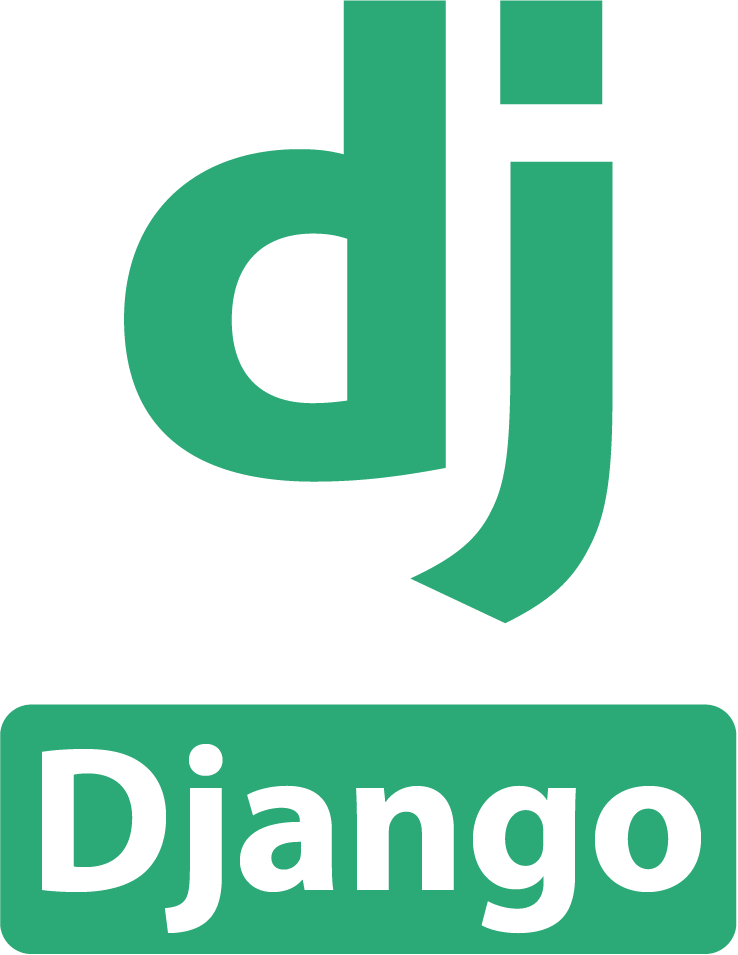
Django is a backend framework for Python that works well with complex projects. Python developers don’t need to worry about third-party plugins and installation while working with Django. As it offers all the conveniences that would be required for developing the project. Some of the big names associated with Python and Django are Mozilla, Disus, and The Washington Times.
Key Features of Django:
Pre-built Admin Panel: Developers don’t need to write the code from scratch to create an admin panel. It provides a user-friendly design and dashboard to manage app data that saves a lot of time and effort.
Object-Relational Mapping (ORM): It takes care of the schema creation and allows seamless communication between the client side and the database.
Asynchronous Programming: Django code is highly portable as it follows the Model-View Template (MVT) architecture.
| Pros | Cons |
|---|---|
| Built-in protection for Clickjacking, SQL injection, CSRF, and cross-scripting | To work with Django, one needs to have a solid understanding of the structure |
| Low learning curve | Django is a high-level framework, thus; it’s not suitable for small and simple projects |
| It has user authentication by default | |
| Suitable for big data management, social media, and e-learning | |
| Prioritize speed and scalability |
5. Ruby on Rails

Rails is a beginner-friendly framework for Ruby, it follows the MVC design architecture. It is well-known for building full-stack web applications with faultless database table formation, the scaffolding of views, and migrations. All in all, it offers vast in-built features, simpler syntax, organizes the code, simplifies the database, and speeds up the development.
Key Features of Ruby on Rails:
Scaffolding: Developers can generate repetitive code without any modification. It is also used to generate the basic structure of the application such as model, view, and scaffolding.
Active Record ORM Library: This feature lets developers focus more on the business logic without worrying about communicating with the database.
Action Controllers Classes: It takes care of the authentication, authorization, and data flow between the Model and View. It also handles the requests from users and then responds to their requests.
| Pros | Cons |
|---|---|
| It’s completely free | The runtime’s speed is relatively slow |
| RoR offers a wide range of plugins and modules that boost development speed | Lacks good documentation |
| Fast web development with fewer codes | Dependencies between RoR are strictly defined |
| RoR ensures to maintain transparency and consistency | Adjusting the architectural design in mid-projects can be very expensive |
| Straightforward and low maintenance |
6. Flutter
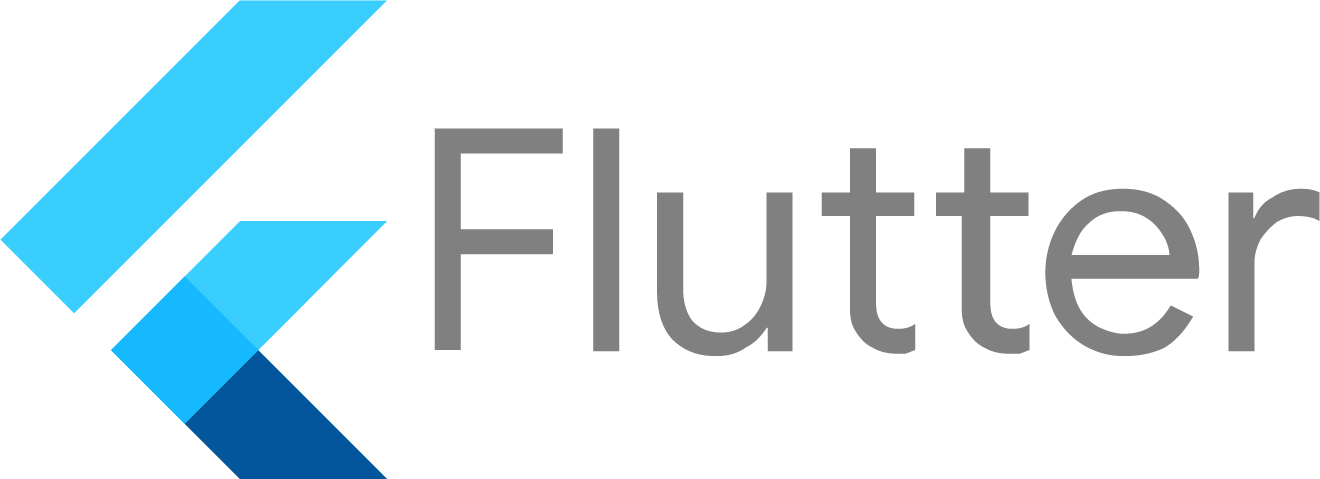
Flutter is one of the popular mobile app development frameworks on our list. It is gaining traction being one of the top app development frameworks available today. What sets Flutter apart from the rest of the frameworks mentioned on the list is its high-performance rendering engine to draw widgets. This allows developers to use gestures, animation, and widgets. In addition, it provides full control to developers over the system.
Key Features of Flutter:
Dart Supported: Dart uses Ahead-Of-Time (AOT) and Just-in-Time (JIT) compilations to provide seamless development.
Cross-Platform Development: Developers can work on a different platform and allow the use of the sharing of the same UI code in a different application.
Platform Specific Widgets: It provides widgets for operating systems through which integration into the Flutter application is super easy.
| Pros | Cons |
|---|---|
| Provides customizable widgets that can work on various platforms | Flutter is built on Dart language, so developers need to learn this new language, which can increase the learning curve |
| Developers can write only one codebase for automation and the iOS platform | Lacks the native look and feel |
| Dart comes with top-notch repository packages, which can increase the potential of the application | Program and logic are combined instead of separate |
| It requires less testing | Not a mature framework |
| Promotes cleaner, concise, and simpler code |
7. ASP.NET Core
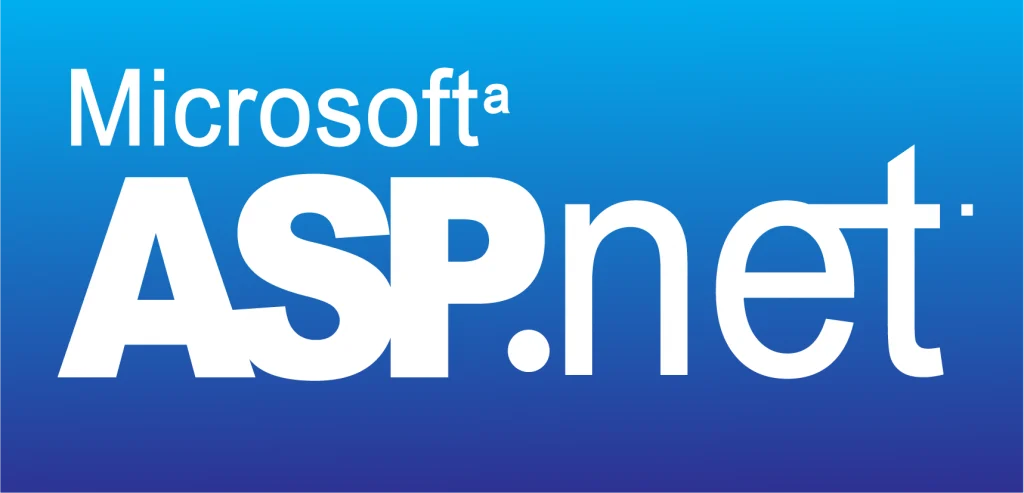
Key Features of ASP.Net Core:
Cross-Platform Compatible: Now the C# code with ASP.NET Core can run on different operating systems including MAC, Linux, and Unix. Developers can deploy on Kubernetes, Microsoft Azure, Docker, and other latest technologies that support ASP.NET Core without any modification.
Unified Development Model: MVC and Web API work together using the same base class, making it efficient for handling both web pages and web services.
Self-Hosted: ASP.NET Core can host on Nignix without any support from IIS. It can run independently but it is always a good idea to use a reverse proxy for production.
| Pros | Cons |
|---|---|
| Provides data encryption and role-based access control security | Higher learning curve |
| Open-source and cross-platform | There’s only limited support for the older versions and libraries |
| Provides a comprehensive collection of testing tools | Some of its features are still in the development phase |
| Fast and efficient | |
| Single API runs on various platforms |
8. LoopBack
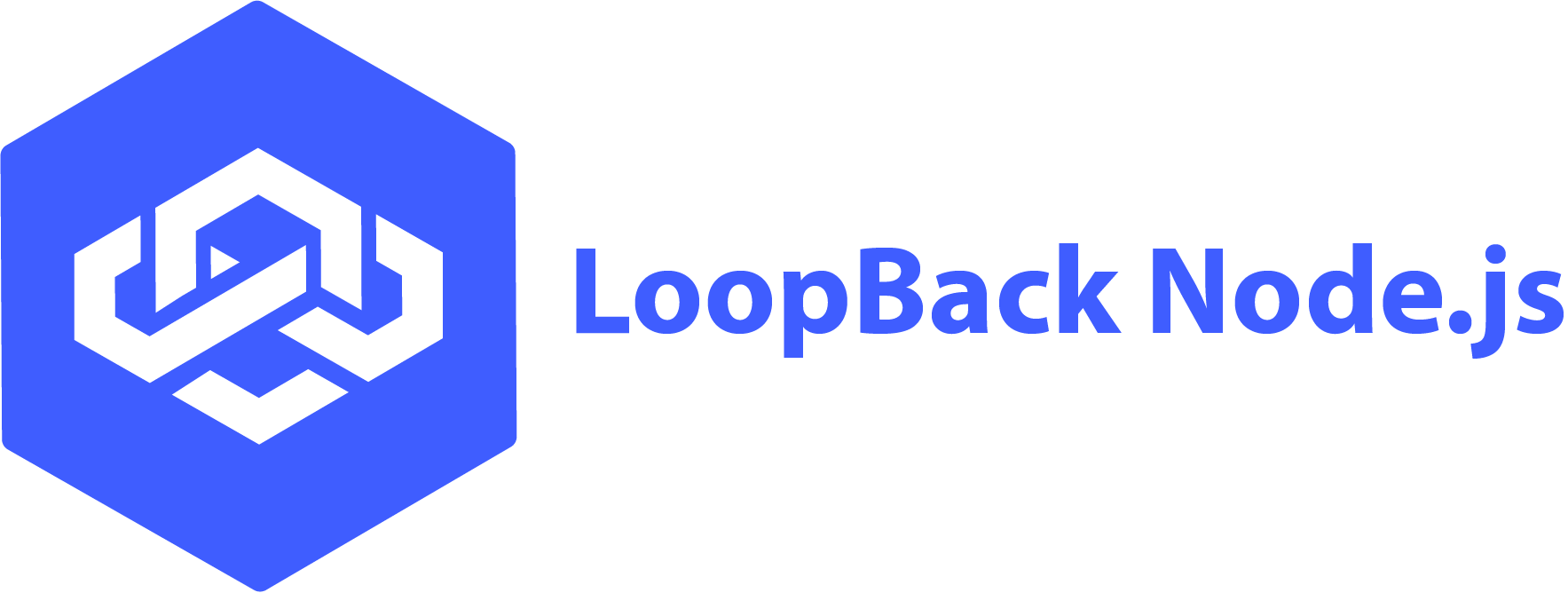
If you’re looking for a secure framework with access control over token authentications, then LoopBack is what you need. It is a preferred choice for developing low-maintenance RESTful APIs and microservices. What sets LoopBack apart is the automatic technique to generate the APIs from a set of data including REST APIs and databases. This technique simplifies integrating data from multiple sources into a single API, which saves a lot of time and promotes code reusability.
Key Features of Loopback:
OpenAPI Standard: Loopback is suitable for creating microservices and Restful APIs. By following this openAPI standard developers can maintain improve and structure APIs.
Dependency Injection: Loopback takes care of the other component connections while developers write loosely coupled code. This ensures the different parts of the application work smoothly all together.
Numerous Connectors: It provides connectors for relational, NoSQL databases, and REST/SOAP connectors. Therefore, with minimal code developers can easily integrate applications with other APIs.
| Pros | Cons |
|---|---|
| It allows easy access to the server-side RESTAPI functions into the client-side functions | Need to have knowledge of abstraction in LoopBack |
| Provides a wide range of in-built features through which developers can build CRUD APIs for any model | Too many functionalities can make a steeper learning curve |
| API Swagger allows seamless interaction within the application to provide a better experience to a developer | Using LoopBack for full-stack development can make architecture monolithic due to its shared model feature |
| ORM support lets developers create a separate JSON file to define the model and relation within the application | |
| It lets to take the query directly from the client side with filers |
9. Koa Node.js Framework
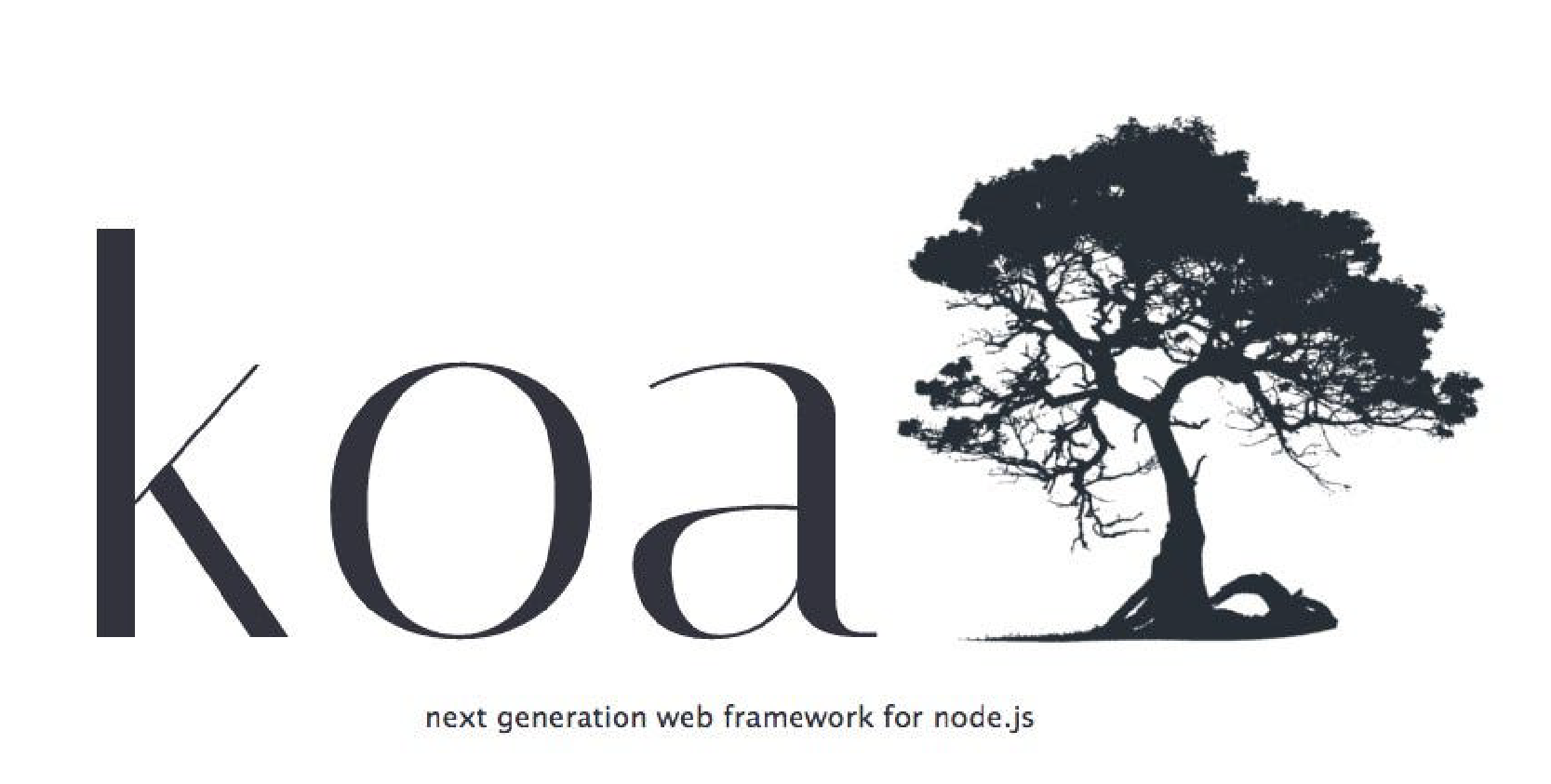
Koa was released in the year 2014 known for its lightweight and flexibility. Developed by the developers of Express.js framework to overcome the limitations faced by using Express.js. Koa shares a lot of similarities with Express.js With Koa, writing the code and understanding the callback functions is pretty simple. Also, managing the limited control over the middleware flow is super easy with Koa. Overall, Koa is one of the best backend frameworks of Node.js for mobile apps.
Key Features of Koa Node.js:
Modern ES6 specification: Kao.js has numerous new classes and modules. With built-in support, ES6 makes working with complex programs easy.
Error Management: The built-in catchall allows developers to spot the error with the try/catch command immediately and avoids crashes.
Small FootPrint: In comparison to other frameworks Node.js, Kao has a small footprint. It enables developers to expand the framework by adding a wide range of modules.
| Pros | Cons |
|---|---|
| Easily spot the errors in the initial development phase | It may not be the best choice to experiment with the latest JavaScript ES6 syntax |
| Supports advanced technologies and methodologies | It won’t be a suitable option for an earlier version of JavaScript |
| Fewer errors and minimal crashes | Limited community support |
| Flexibility for developers to add a wide range of modules | |
| Promotes fast web application creation with ease, thanks to its agile nature and flexibility |
10. Gin Gonic
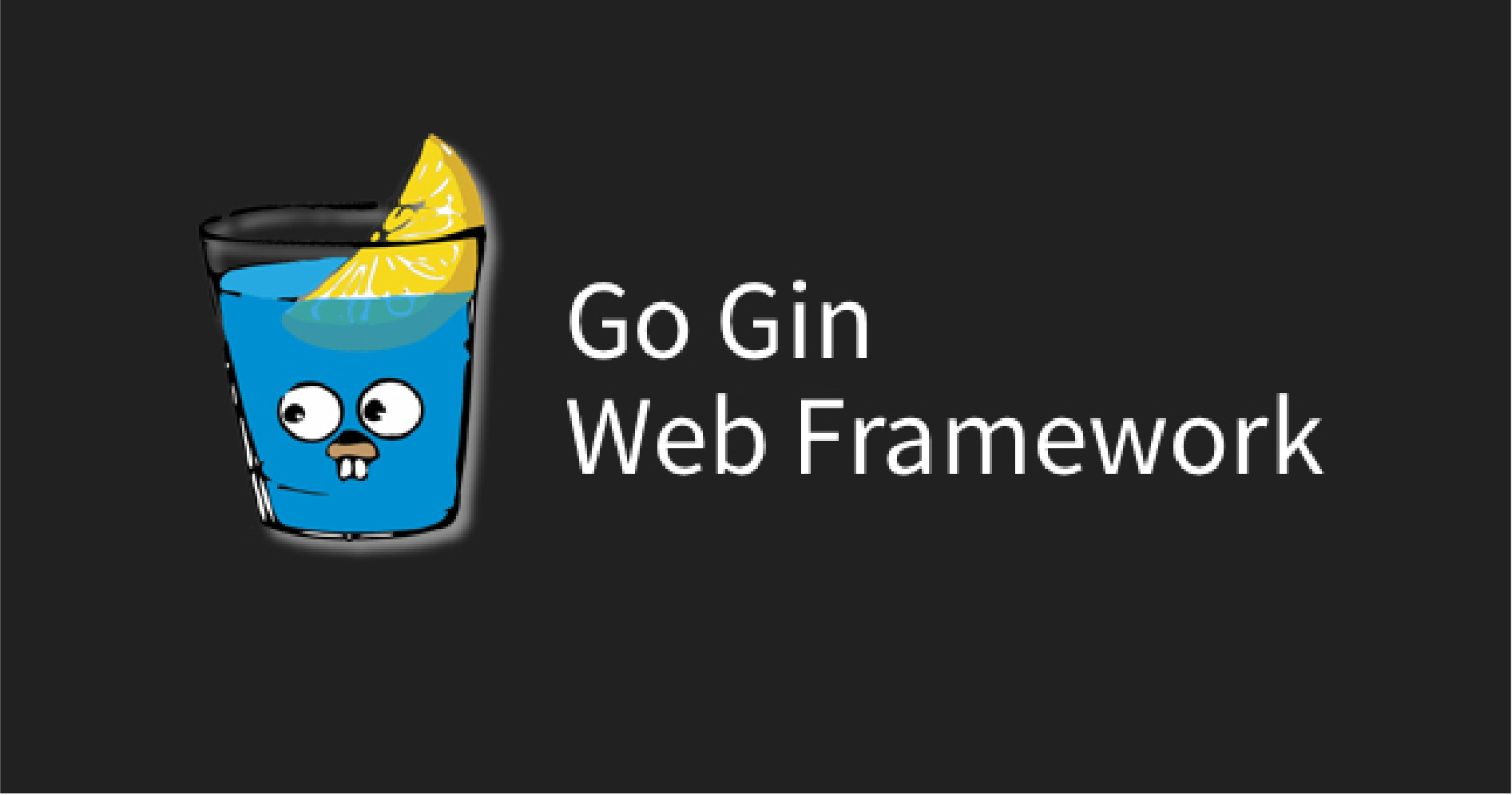
It is one of the best backend frameworks of Golang for building performant APIs. It comes with all the necessary libraries and features to ensure high productivity. Moreover, it is a simple and lightweight framework; best suited for building top-notch REST APIs. Some of the top brands associated with Gin Gonic are Zomato, Zest Money, and Uber.
Key Features of Gin Gonic:
Series of Middleware Support: Managing incoming HTTP requests such as logger, GZIP, posting a message in the database, and authorization is easy with this feature.
Per-built Rendering: This feature makes using API for HTML super easy as well as XML, and JSON rendering.
Nest Groups of Routes: This streamlines the process of routes without comprising the performance.
| Pros | Cons |
|---|---|
| Easily spot the errors while making the HTTP request | It cannot handle a large number of concurrent requests |
| Small footprint due to its radix tree based | Not flexible |
| Easy to create new middleware | It does not support async |
| Flexible method of error handling | |
| High speed API performance |
Final words
These frameworks provide exceptional features with rich functionalities that can simplify your development journey. Now that you know these best backend frameworks, select every framework considering their pros and cons. For instance, Laravel and Django are best for building complex large applications, and Kao to get rid of callback issues; one of the best backend frameworks for mobile applications. If you’re interested in becoming a backend developer, then sign up for your one-stop solution Olibr.
Take control of your career and land your dream job
sign up with us now and start applying for the best opportunities!

FAQs
We have witnessed substantial growth in Node.js in the last four years. Many startups and businesses are still using Node.js in their projects, which means it will continue to impact our application development in 2023.
Without a doubt, Koa, due to its modular design, efficient middleware flow control, and robust error handling.
Delivery Hero, Figma, Udemy, Kayak, Coursera, Uber, Bitpanda, Slack, Trivago, and Reddit use Node.js.
Node.js’ popularity is growing day-by-day, and it’s expected to grow beyond 2023. It is well-regarded for its scalability and reliability due to which it is one of the preferred choices in startups globally.

